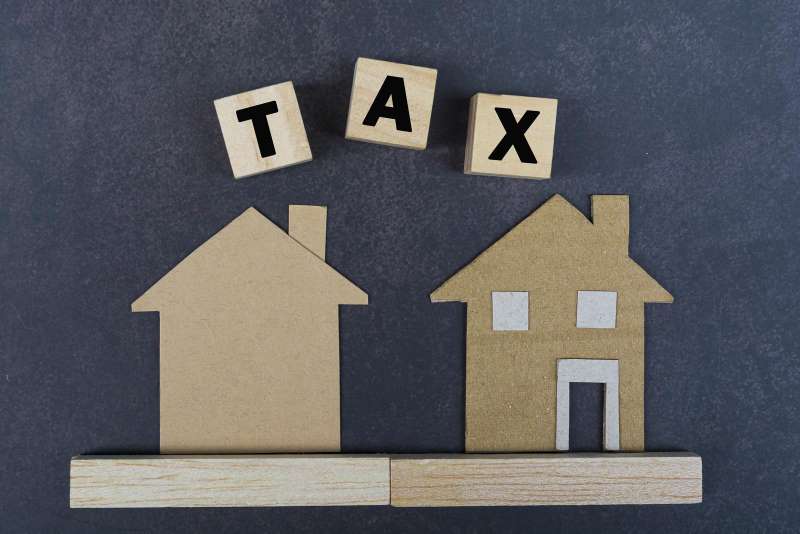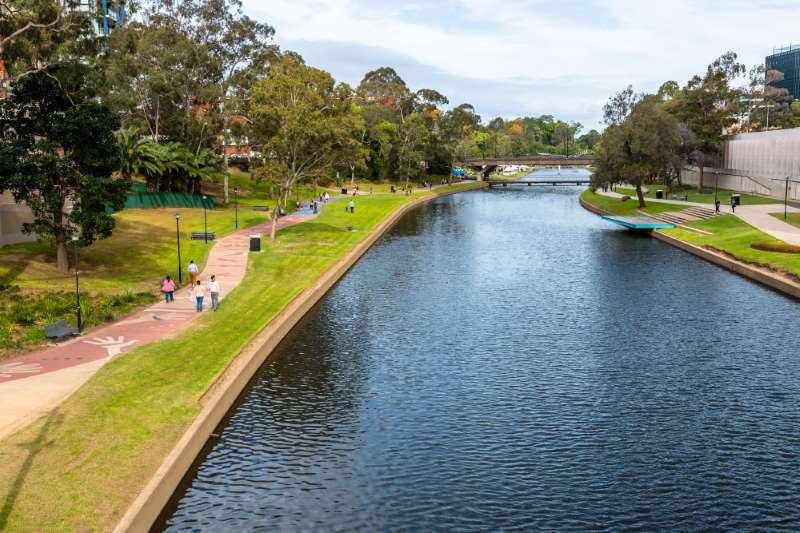| Consolidated SEPP |
Repealed SEPP |
| State Environmental Planning Policy (Planning Systems) 2021 |
State Environmental Planning Policy (State and Regional Development) 2011;
State Environmental Planning Policy (Aboriginal Land) 2019; and
State Environmental Planning Policy (Concurrences and Consents) 2018. |
| State Environmental Planning Policy (Biodiversity and Conservation) 2021 |
State Environmental Planning Policy (Vegetation in Non-Rural Areas) 2017;
State Environmental Planning Policy (Koala Habitat Protection) 2020;
State Environmental Planning Policy (Koala Habitat Protection) 2021;
Murray Regional Environmental Plan No 2—Riverine Land;
State Environmental Planning Policy No 19—Bushland in Urban Areas;
State Environmental Planning Policy No 50—Canal Estate Development;
State Environmental Planning Policy (Sydney Drinking Water Catchment) 2011;
Sydney Regional Environmental Plan No 20—Hawkesbury-Nepean River (No 2—1997);
Sydney Regional Environmental Plan (Sydney Harbour Catchment) 2005;
Greater Metropolitan Regional Environmental Plan No 2—Georges River Catchment; and
Willandra Lakes Regional Environmental Plan No 1—World Heritage Property. |
| State Environmental Planning Policy (Resilience and Hazards) 2021 |
State Environmental Planning Policy (Coastal Management) 2018;
State Environmental Planning Policy No 33—Hazardous and Offensive Development; and
State Environmental Planning Policy No 55—Remediation of Land. |
| State Environmental Planning Policy (Transport and Infrastructure) 2021 |
State Environmental Planning Policy (Infrastructure) 2007;
State Environmental Planning Policy (Educational Establishments and Child Care Facilities) 2017;
State Environmental Planning Policy (Major Infrastructure Corridors) 2020; and
State Environmental Planning Policy (Three Ports) 2013. |
| State Environmental Planning Policy (Industry and Employment) 2021 |
State Environmental Planning Policy (Western Sydney Employment Area) 2009; and
State Environmental Planning Policy No 64—Advertising and Signage. |
| State Environmental Planning Policy (Resources and Energy) 2021 |
State Environmental Planning Policy (Mining, Petroleum Production and Extractive Industries) 2007; and
Sydney Regional Environmental Plan No 9—Extractive Industry (No 2—1995). |
| State Environmental Planning Policy (Primary Production) 2021 |
State Environmental Planning Policy (Primary Production and Rural Development) 2019; and
Sydney Regional Environmental Plan No 8 (Central Coast Plateau Areas). |
| State Environmental Planning Policy (Precincts—Eastern Harbour City) 2021 |
Parts of the State Environmental Planning Policy (State Significant Precincts) 2005;
Darling Harbour Development Plan No 1;
Sydney Regional Environmental Plan No 26—City West;
Sydney Regional Environmental Plan No 16—Walsh Bay;
Sydney Regional Environmental Plan No 33—Cooks Cove; and
State Environmental Planning Policy No 47—Moore Park Showground. |
| State Environmental Planning Policy (Precincts—Central River City) 2021 |
Parts of the State Environmental Planning Policy (State Significant Precincts) 2005;
Parts of the State Environmental Planning Policy (Sydney Region Growth Centres) 2006;
State Environmental Planning Policy (Kurnell Peninsula) 1989;
Sydney Regional Environmental Plan No 24—Homebush Bay Area; and
State Environmental Planning Policy (Urban Renewal) 2010. |
| State Environmental Planning Policy (Precincts—Western Parkland City) 2021 |
Parts of the State Environmental Planning Policy (State Significant Precincts) 2005;
Parts of the State Environmental Planning Policy (Sydney Region Growth Centres) 2006;
State Environmental Planning Policy (Western Sydney Aerotropolis) 2020;
State Environmental Planning Policy (Penrith Lakes Scheme) 1989;
Sydney Regional Environmental Plan No 30—St Marys; and
State Environmental Planning Policy (Western Sydney Parklands) 2009. |
| State Environmental Planning Policy (Precincts—Regional) 2021 |
Parts of the State Environmental Planning Policy (State Significant Precincts) 2005;
State Environmental Planning Policy (Activation Precincts) 2020;
State Environmental Planning Policy (Kosciuszko National Park—Alpine Resorts) 2007; and
State Environmental Planning Policy (Gosford City Centre) 2018. |





